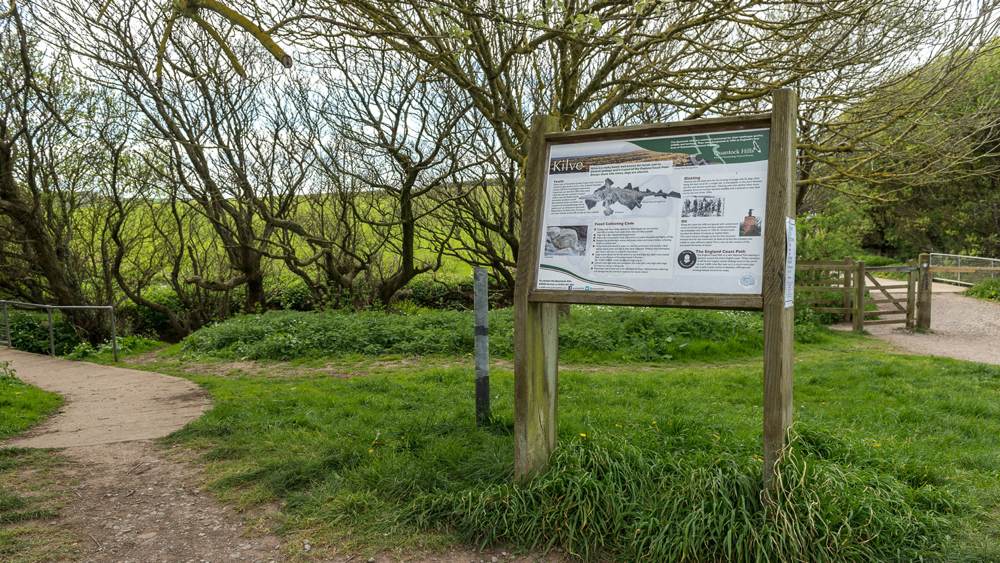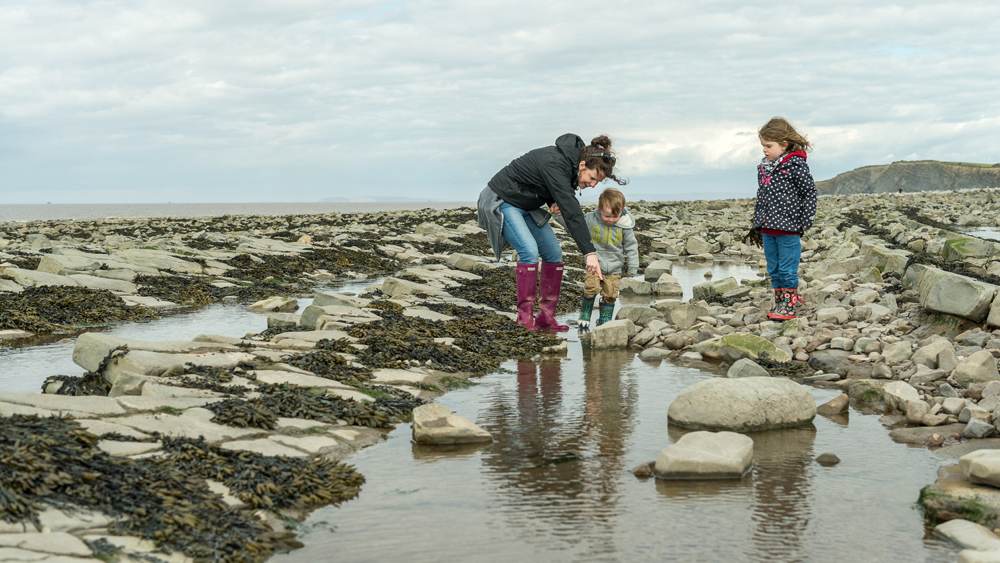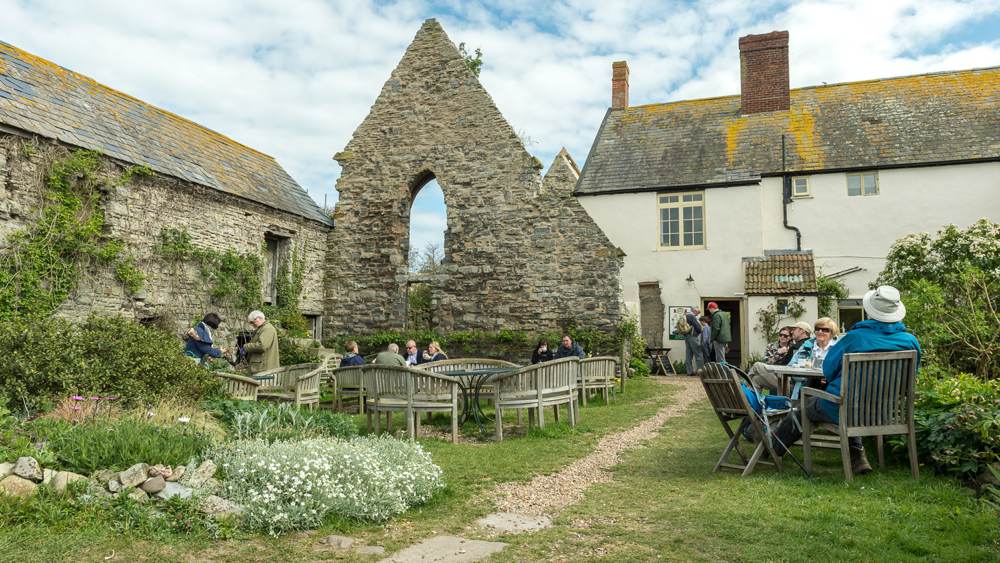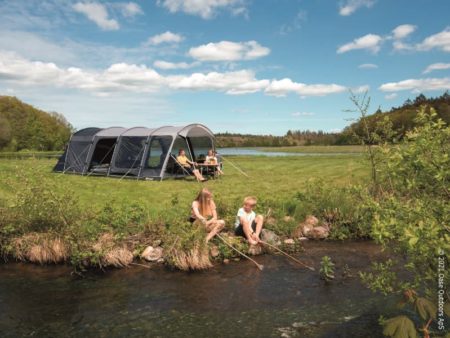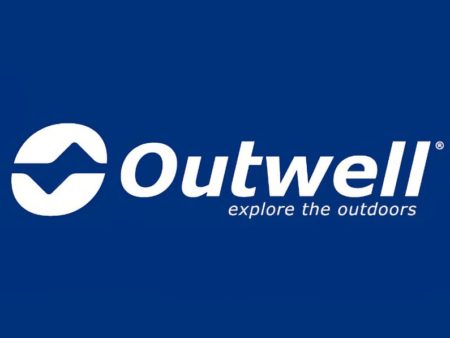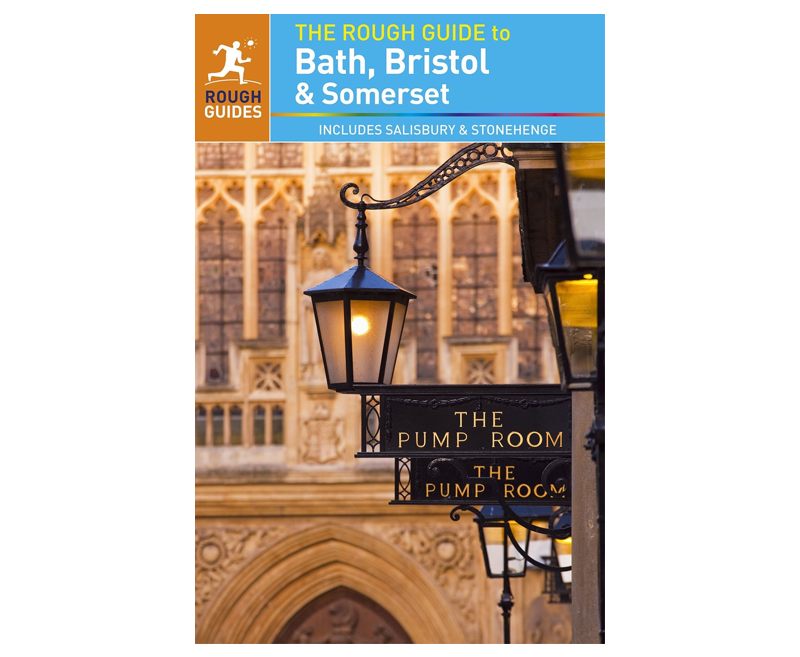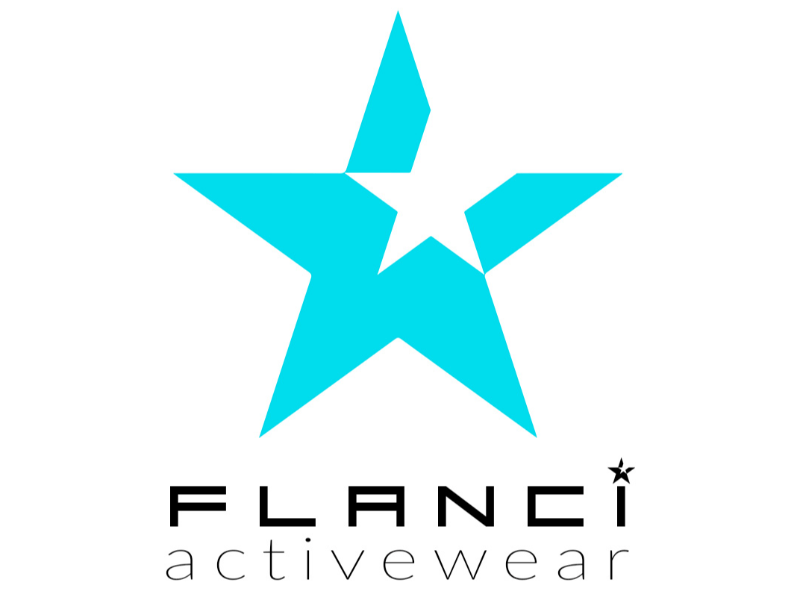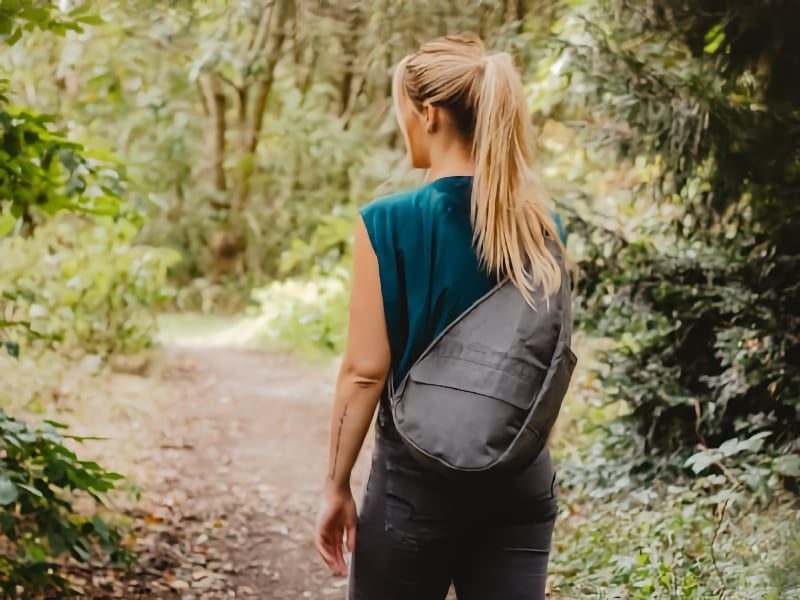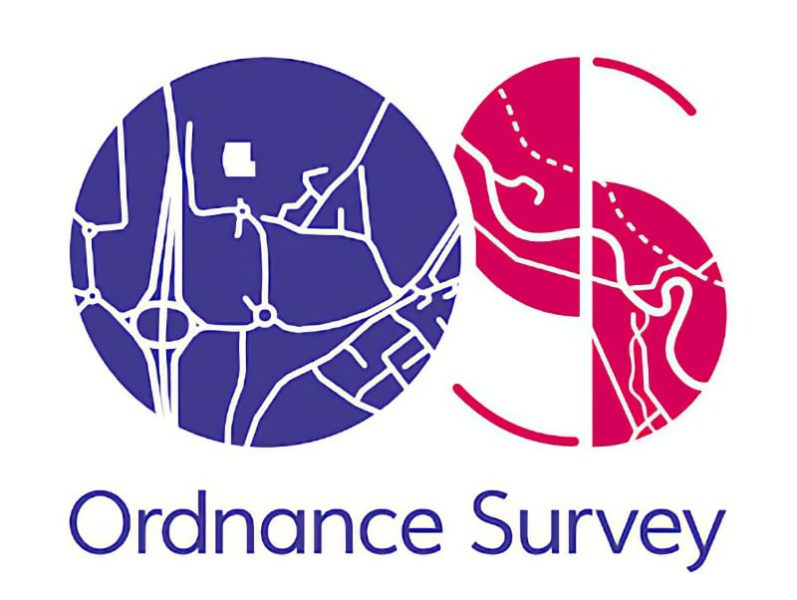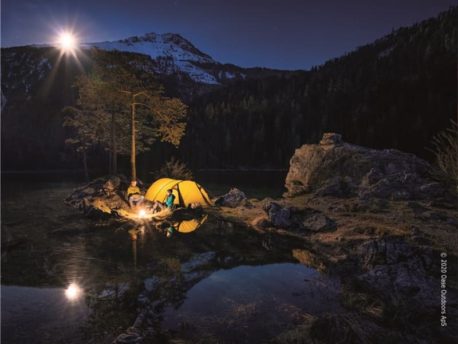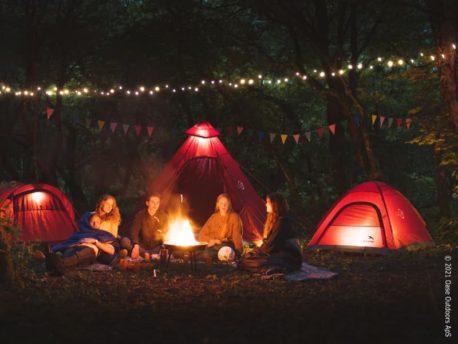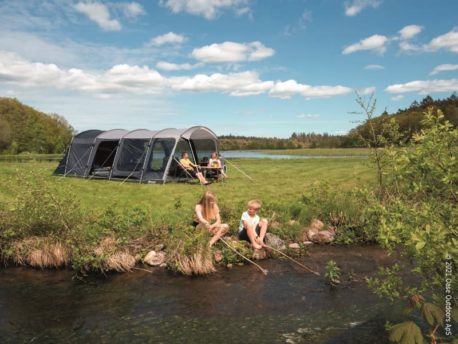Click to zoom …
Walk Details
Most people think of Dorset and the World Heritage Site when they think of the Jurassic Coast – famous for the richness and diversity of its fossils.
But the same Jurassic Blue Lias rock that runs under West Dorset runs through Somerset and re-emerges along its northern edge – leading to several sites being designated as Geological Sites of Special Scientific Interest.
The limestone deposits are rich in fossils of sea creatures that existed millions of years ago, including ammonites and the fossilised remains of an extinct oyster, commonly referred to as devil’s toenails. It is also a firm favourite with budding and professional photographers trying to capture the beauty of the multi layers and coloured stratifications of the surrounding cliffs.
The walk begins at the pay and display car park at Kilve. Walk to the left of the oil retort – a brick building which was used to extract oil from shale in the 1920s – and go through the gate.
Once over the bridge you can either bear left and continue along the path towards the cliff top or bear right towards the beach and picnic bench, where you turn left to walk up to the kissing gate at the top.
Go through the gate and the England Coast Path (ECP) opens up to stunning views of the Quantock Hills and Exmoor and West Somerset in the background. The house on the hill is Court House in the picturesque village of East Quantoxhead and has been the home of the Luttrell family for more than 900 years.
Follow the ECP along the cliff top. The path will eventually turn left and go inland for approx. 70 m (2) which is literally “the Head of the Quantocks”.
The Quantocks are a mix of Devonian sandstone, Triassic Sandstone and Greenstone and the area was designated England’s first Area of Outstanding Natural Beauty in 1956.
Here you have the option to take a shorter circuit by following the sign to East Quantoxhead and going through two kissing gates.
To carry on with the longer main route turn right following ECP signs and follow the path, with the Lime Kiln on your right; heading back to the coast.
Go through the kissing gate and continue along the clifftop – with breath-taking views across to Wales on your right – until you come to the next kissing gate.
Leave the ECP, turn left and go through a metal 2 in 1 gate and continue along the eld edge path going through another three gates until you come to a junction of paths.
Turn left and walk along Underway Lane. At the end of the Lane you will come to the road. Bear left and follow the road passing Court Farm on your right.
At the T-junction with the cottages ahead turn left and walk a short distance to the duckpond. Turn right immediately in front of the duckpond and continue along a footpath past the cottage on your left until you reach the end of the track.
The cottage is the former home of the estate miller’s house and most of the old mill remains. Note the ammonites set in the walls, possibly as good luck talismans or to keep witches at bay.
You have two options here:
You can go straight on following the signpost for Kilve Church, go through the kissing gate and follow the field edge footpath until you reach a metal 2 in 1 gate.
Stay on the track through a gateway then bear left across the sleeper bridge until just before a eld gate. Turn right following the footpath sign and head for the gate into the churchyard.
Follow the path through the churchyard and through the gate onto Sea Lane. Turn left and walk along the track, passing Chantry Tearooms on your left – close to the ruins of an old chantry built by Simon de Furneaux in 1329 for priests to pray for his family’s protection – and then back to the car park.
Alternatively, walkers can also turn left and follow the signpost to the beach. Go through a kissing gate and continue along the footpath which will take you back to the ECP.
When you reach the Lime Kiln – one of dozens in the area used to convert coal dust and limestone into mortar, lime wash and fertiliser – keep right and follow ECP signs to Kilve. Retrace your steps back to the Car Park.
There is a car park and toilets in Kilve and the Chantry Tearoom is open all year round.
All information correct at the time of publication.
 Nearest Train (or tube) Station(s):
Nearest Train (or tube) Station(s):
Taunton


